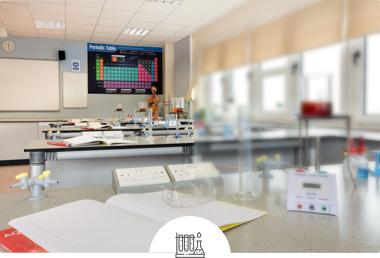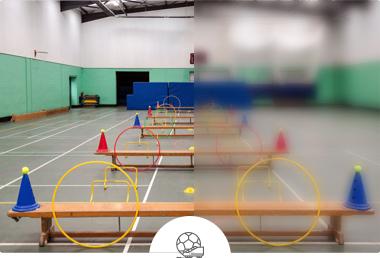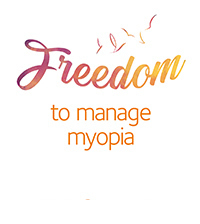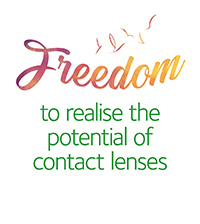Vision Simulator
Myopia in children is increasing both in prevalence and severity around the world.1
Explaining myopia, and the associated impact on a child’s unaided vision, is made easier using the three scenarios in the myopia simulator. The images help to illustrate the potential impact of myopia management on the child’s final prescription.



This helpful communication tool can be used to show parents how their child’s uncorrected vision may change as their myopia progresses over time.
classDetailScenario

-
Holden BA, et al. Global Prevalence of Myopia and High Myopia and Temporal Trends from 2000 through 2050, Ophthalmology, May 2016 Volume 123, Issue 5, Pages 1036–1042





